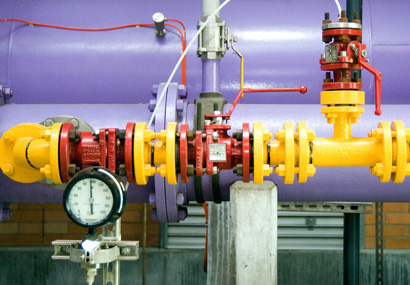Under certain conditions, water from the non-potable source can reverse flow (called backflow) and enter the public water system, contaminating the water in that system, making it unusable or unsafe to drink. An example is the piping between a public water system and an auxiliary water system, cooling system or irrigation system.
Local, state and national health codes prohibit contaminated sources from entering the public water supply through cross connections. To prevent backflow in plumbing systems, the Connecticut Public Health Code requires backflow prevention devices to be installed in specific locations where there is the potential for a cross connection.
Annually, we inspect over 3,300 commercial, industrial, residential and health facilities. We examine the plumbing connections and test the backflow preventers to make sure they are in compliance with requirements set by the Department of Public Health. This information is reported to the state health department every year.
Under certain conditions, water from the non-potable source can reverse flow (called backflow) and enter the public water system, contaminating the water in that system, making it unusable or unsafe to drink. An example is the piping between a public water system and an auxiliary water system, cooling system or irrigation system.
Local, state and national health codes prohibit contaminated sources from entering the public water supply through cross connections. To prevent backflow in plumbing systems, the Connecticut Public Health Code requires backflow prevention devices to be installed in specific locations where there is the potential for a cross connection.
Annually, we inspect over 3,300 commercial, industrial, residential and health facilities. We examine the plumbing connections and test the backflow preventers to make sure they are in compliance with requirements set by the Department of Public Health. This information is reported to the state health department every year.




